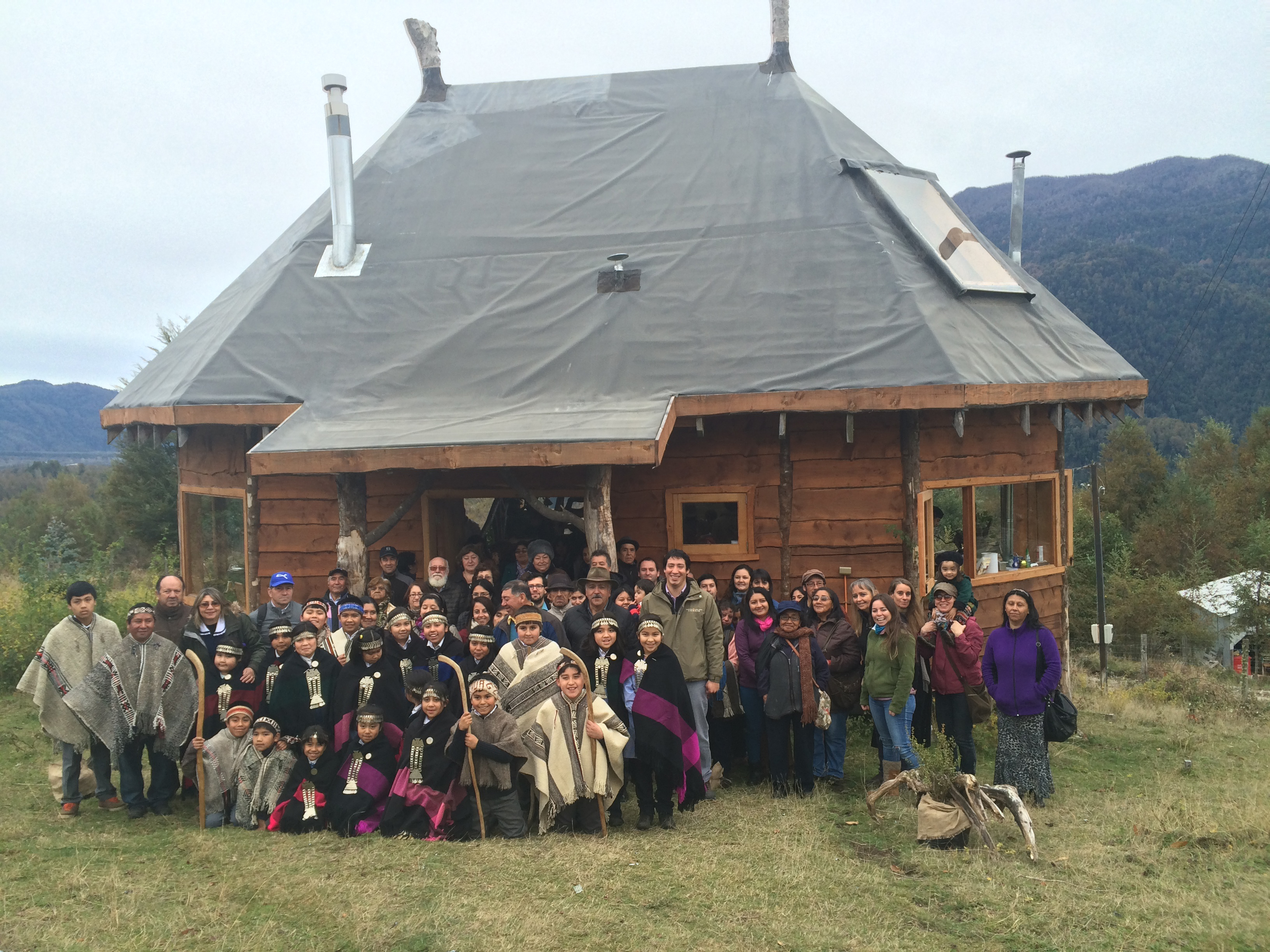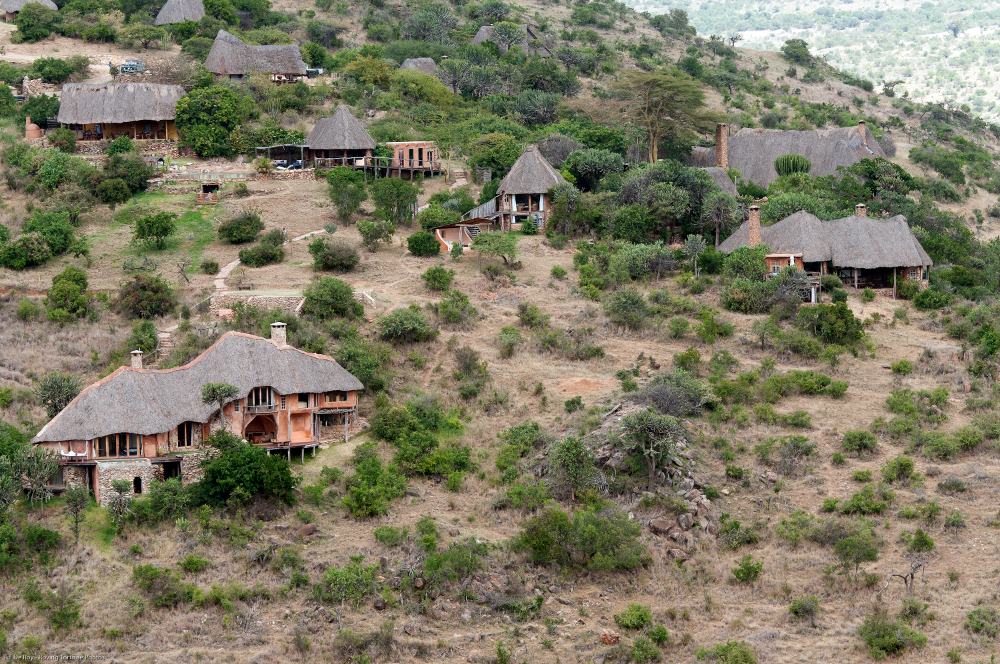What if tourism played a major role in meeting global 2030 biodiversity targets?


Synopsis
Holly Tuppen's article presents a visionary journey to 2030, inspired by Rob Hopkins' time machine concept, to explore the transformative potential of Net Positive Hospitality. It envisions a future where the tourism industry prioritizes the well-being of nature, culture, and communities over conventional metrics like visitor numbers and profits. The narrative highlights the industry's alignment with the Kunming-Montreal Biodiversity Framework's 23 global targets, emphasizing a holistic approach that incorporates gender equality and climate mitigation.
There's a time machine in Totnes, England, taking people to 2030. It's operated by Rob Hopkins, founder of the Transition Movement, who invites various experts to jump on board to imagine a better future. "You cannot create what you haven't imagined," he explains before asking his time machine podcast guests a series of 'What If' questions. It inspired us to do our own imagining. The result? A vision, so bright and irresistible that we hope others will join the journey.
When we step out of the time machine in 2030, we see a tourism industry that acts as a caretaker towards its greatest assets — nature, culture, and community. So important are these assets that destinations and tourism businesses measure their success not by visitor numbers or profit but by the health and well-being of ecosystems, heritage and indigenous culture, and local social and economic gains.
It's been achieved by collectively working towards the Kunming-Montreal Biodiversity Framework, which has 23 global targets to restore and conserve 30% of marine and terrestrial ecosystems by 2030. The targets are holistic, covering everything from gender equality to climate mitigation, securing a happier and healthier planet for future generations.
Adopting holistic frameworks.
The entire industry has adopted something like Fogo Island's Economic Nutrition Bill or The Long Run's Impact Statements, calculating what percentage of each tourist fee or bed night cost goes back into nature and local people. The stats are as impressive across the board as the trailblazers today, like Basecamp Explorer, which invests approximately US$229,851 in community-owned conservancies annually, or Nikoi Island, which supports about 15,000 local people through education outreach projects.
By 2030, it's clear that the holistic approach set out in the 23 global targets is critical to creating a tourism sector fit for the future. More businesses have turned to proven structures, like The Long Run's 4C (Conservation, Community, Culture and Commerce) framework, to embed holistic and long-term thinking throughout operations. The result is a sector that has a more significant positive impact and is financially sustainable.
Establishing nature-based economies.
Taking inspiration from case studies like Borana Conservancy in Kenya or Caiman Ecological Refuge in Brazil, which have used tourism to maintain critical havens of wildlife rather than depleted cattle ranches, it supports a thriving nature-based economy. On a global scale, this provides thousands of people a less extractive form of income. The local business opportunities and jobs this form of tourism provides offer
security and long-term career development. Through extensive training and exchanges, employees send ripples of change far beyond the hotel or experience they work for. (The potential is vast, given that today, The Long Run's 50 members positively impact over 750,000 people.)
Facilitating mindset shift.
Through such high engagement, knowledge of sustainable innovation, local heritage, and wildlife soon trickles into the wider community. Visitors get swept up in the passionate enthusiasm, and residents feel a renewed pride for the nature and culture that makes their home sing. A positive feedback loop gains momentum, as it has already in Costa Rica, where the population has committed to regenerative principles on a nationwide scale.
This shift in hearts and minds helps forests grow more diverse, once near-endangered species thrive, and fish return to the reefs. People can already see it happening at small eco-tourism projects like Chumbe Island in Tanzania, which has restored a reef to globally accredited 'pristine' standards through tourism-funded environmental education and conservation work. Here, in 2030, the potential of this model has been realised the world over.
Increasing the value of nature.
It doesn't take long for the value of these restored ecosystems to quadruple, thanks to their role in preventing floods and wildfires, increasing water capture, and securing food stocks. Biodiversity and carbon data from projects like Tahi in New Zealand and Grootbos Private Nature Reserve in South Africa secure the evidence needed to put a higher value on nature. By 2030, financial institutions and insurers race to invest in the proper protection of the natural world taking the pressure off tourism as a sole contributor.
Working with neighbours.
Recognising that no destination can and should rely on tourism alone, travel experiences operate alongside other nature-based offerings. The interconnectedness of nature has become a blueprint for responsible destination management; it's no longer enough to protect your patch or fixate on boundaries. Joined-up thinking means no one or opportunity for nature restoration is left behind. Big-picture initiatives like Samara's vision for rewilding the Karoo in South Africa or Sinal do Vale's work establishing landscape restoration in Brazil are more commonplace. Wildlife corridors weave like snakes, linking lodges on privately protected areas and wildlife-friendly farms with public trails across national nature reserves and green ribbons of life across cities.
Supporting heritage and culture.
Guest experiences also help to drive the protection of heritage and nature. Funds from visitors, who often stop by to unleash creativity and learn, revive cultural hubs and events. Local indigenous people, like forager and hunter Letilet, who leads tours and learning at Cottar's Safaris in Kenya, are the leading voices of destinations. And if tourists cannot reach the artists, they come to them through artist-in-residence projects, like Nikoi Island's Ubah Rumah, which uses creative workshops to heighten our understanding and relationship with insects and flora, or Huilo Huilo's creative felt workshops with Mapuche artisans.
Building more sustainable local economies.
Businesses switch to models like Wolwedans Vision 2030 — a matrix of 25 indicators to ensure that tourism improves the well-being of local people by building new business opportunities. Regenerative enterprises, permaculture farms, and agroforestry projects spring up across the local economy, funded by tourism and adding more income to critical conservation work. Destinations establish new direct-to-consumer enterprises to diversify, like Kualoa Ranch's Kualoa Grown market, which links local farms with over 1000 local customers weekly. An appreciation of all things slow revives long-forgotten crafts and traditions, reminding locals and visitors to live in harmony with nature and spread wealth through cooperatives and local associations.
What if we now commit to walking the talk and realise this vision? At The Long Run, we believe that's essential for the future viability of tourism and critical to supporting the planet's and people's needs. We also have the tools, frameworks, and case studies to get everyone started. So, there's no reason to be left behind.

